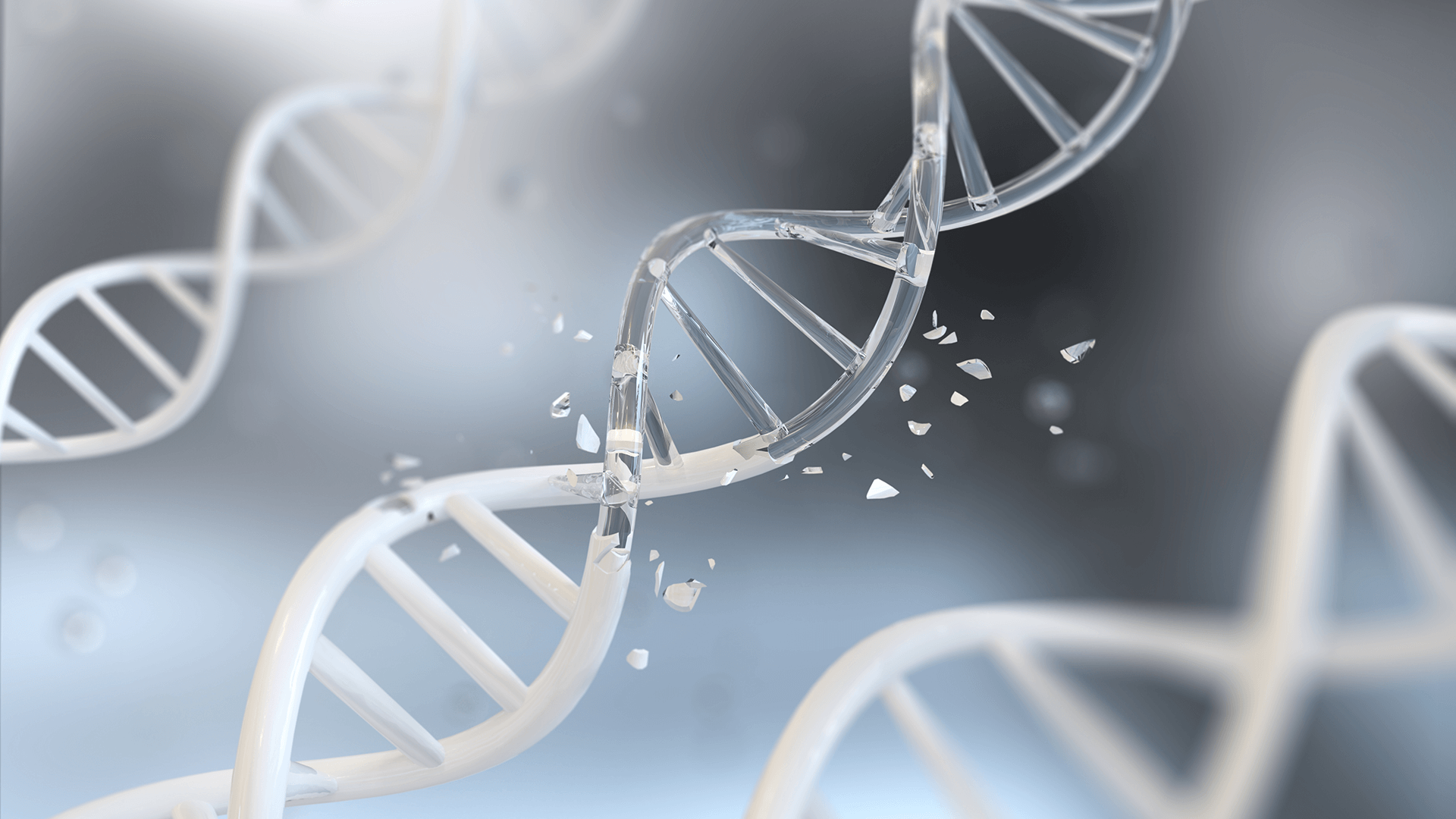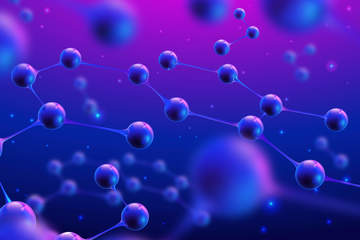Browse
Incorporating Technologies
Posted on: #iteachmsu


Posted by
over 4 years ago
Scientists found that 6.1 million children aged 2-17 years living in the U.S. had been diagnosed with attention-deficit/hyperactivity disorder (ADHD), which is similar to previous estimates.
Ages 2-5: Approximately 388,000 children
Ages 6-11: Approximately 2.4 million children
Ages 12-17: Approximately 3.3 million children
Ages 2-5: Approximately 388,000 children
Ages 6-11: Approximately 2.4 million children
Ages 12-17: Approximately 3.3 million children
Posted on: #iteachmsu



Posted by
over 4 years ago

Reffer : Primer text from the College of William & Mary.
https://education.wm.edu/centers/ttac/documents/packets/adhd.pdf
Many students with ADHD have significant difficulties with organization.
They are more likely to respond positively when teachers establish class routines and set procedures and maintain a well-organized learning environment.
Clear rules and advanced planning are keys to success for teachers of students with ADHD.
https://education.wm.edu/centers/ttac/documents/packets/adhd.pdf
Many students with ADHD have significant difficulties with organization.
They are more likely to respond positively when teachers establish class routines and set procedures and maintain a well-organized learning environment.
Clear rules and advanced planning are keys to success for teachers of students with ADHD.
Posted on: #iteachmsu

Internet of Things (IoT)
Internet of Things (IoT):
The Internet of Things (IoT) is a name for the aggregate collection of network-enabled devices, excluding traditional computers like laptops and servers. Types of network connections can include Wi-Fi connections, Bluetooth connections, and near-field communication (NFC). The IoT includes devices such as "smart" appliances, like refrigerators and thermostats; home security systems; computer peripherals, like webcams and printers; wearable technology, such as Apple Watches and Fitbits; routers; and smart speaker devices, like Amazon Echo and Google Home.
The Internet of Things (IoT) is a name for the aggregate collection of network-enabled devices, excluding traditional computers like laptops and servers. Types of network connections can include Wi-Fi connections, Bluetooth connections, and near-field communication (NFC). The IoT includes devices such as "smart" appliances, like refrigerators and thermostats; home security systems; computer peripherals, like webcams and printers; wearable technology, such as Apple Watches and Fitbits; routers; and smart speaker devices, like Amazon Echo and Google Home.
Authored by:
Rupali

Posted on: #iteachmsu


Internet of Things (IoT)
Internet of Things (IoT):
The Internet of Things (IoT) is a name fo...
The Internet of Things (IoT) is a name fo...
Authored by:
Friday, Jan 15, 2021
Posted on: #iteachmsu

Software-as-a-Service (SaaS)
Posted by:
Rupali Jagtap

Posted on 1: #iteachmsu

Software-as-a-Service (SaaS)
Posted by:
Rupali Jagtap

Posted on: #iteachmsu

What Is Big Data? and How Big Data Works?
Big data:Big data refers to the large, diverse sets of information that grow at ever-increasing rates. It encompasses the volume of information, the velocity or speed at which it is created and collected, and the variety or scope of the data points being covered (known as the "three v's" of big data).
Big data is a great quantity of diverse information that arrives in increasing volumes and with ever-higher velocity.
Big data can be structured (often numeric, easily formatted and stored) or unstructured (more free-form, less quantifiable).
Nearly every department in a company can utilize findings from big data analysis, but handling its clutter and noise can pose problems.
Big data can be collected from publicly shared comments on social networks and websites, voluntarily gathered from personal electronics and apps, through questionnaires, product purchases, and electronic check-ins.
Big data is most often stored in computer databases and is analyzed using software specifically designed to handle large, complex data sets.
How Big Data Works
Big data can be categorized as unstructured or structured. Structured data consists of information already managed by the organization in databases and spreadsheets; it is frequently numeric in nature. Unstructured data is information that is unorganized and does not fall into a predetermined model or format. It includes data gathered from social media sources, which help institutions gather information on customer needs.
Big data can be collected from publicly shared comments on social networks and websites, voluntarily gathered from personal electronics and apps, through questionnaires, product purchases, and electronic check-ins. The presence of sensors and other inputs in smart devices allows for data to be gathered across a broad spectrum of situations and circumstances.
Big data is a great quantity of diverse information that arrives in increasing volumes and with ever-higher velocity.
Big data can be structured (often numeric, easily formatted and stored) or unstructured (more free-form, less quantifiable).
Nearly every department in a company can utilize findings from big data analysis, but handling its clutter and noise can pose problems.
Big data can be collected from publicly shared comments on social networks and websites, voluntarily gathered from personal electronics and apps, through questionnaires, product purchases, and electronic check-ins.
Big data is most often stored in computer databases and is analyzed using software specifically designed to handle large, complex data sets.
How Big Data Works
Big data can be categorized as unstructured or structured. Structured data consists of information already managed by the organization in databases and spreadsheets; it is frequently numeric in nature. Unstructured data is information that is unorganized and does not fall into a predetermined model or format. It includes data gathered from social media sources, which help institutions gather information on customer needs.
Big data can be collected from publicly shared comments on social networks and websites, voluntarily gathered from personal electronics and apps, through questionnaires, product purchases, and electronic check-ins. The presence of sensors and other inputs in smart devices allows for data to be gathered across a broad spectrum of situations and circumstances.
Authored by:
Rupali

Posted on: #iteachmsu


What Is Big Data? and How Big Data Works?
Big data:Big data refers to the large, diverse sets of information ...
Authored by:
Thursday, Jan 14, 2021
Posted on: #iteachmsu

Response Accommodations
Posted by:
Chathuri Super admin..

Posted on 1: #iteachmsu

Response Accommodations
Posted by:
Chathuri Super admin..

Posted on: #iteachmsu


Posted by
over 4 years ago
A super-intelligent AI will be extremely good at accomplishing its goals, and if those goals aren’t aligned with ours, we have a problem.
You’re probably not an evil ant-hater who steps on ants out of malice, but if you’re in charge of a hydroelectric green energy project and there’s an anthill in the region to be flooded, too bad for the ants.
A key goal of AI safety research is to never place humanity in the position of those ants.
You’re probably not an evil ant-hater who steps on ants out of malice, but if you’re in charge of a hydroelectric green energy project and there’s an anthill in the region to be flooded, too bad for the ants.
A key goal of AI safety research is to never place humanity in the position of those ants.
Posted on: #iteachmsu

Communication to Support Student Learning in a Digital Learning Environment
Posted by:
Chathuri Super admin..

Posted on 1: #iteachmsu

Communication to Support Student Learning in a Digital Learning Environment
Posted by:
Chathuri Super admin..

